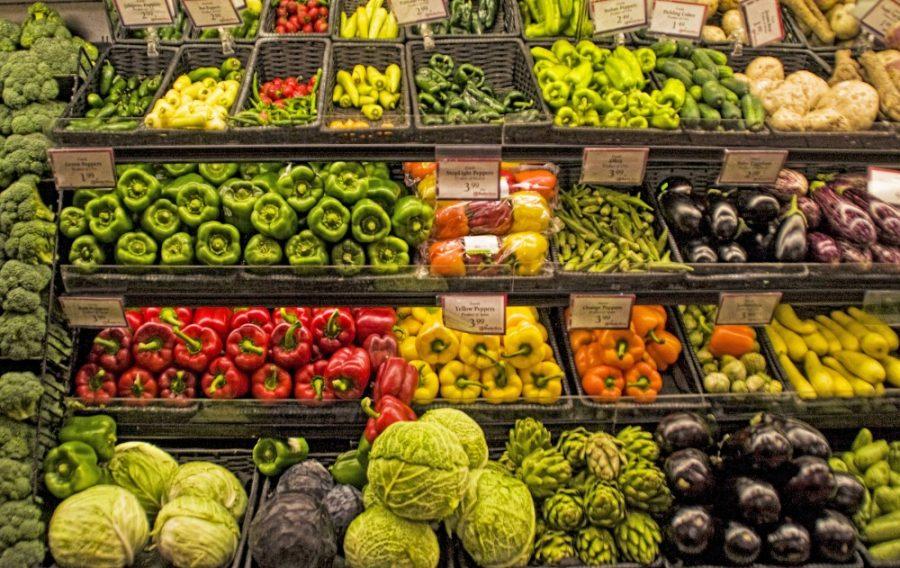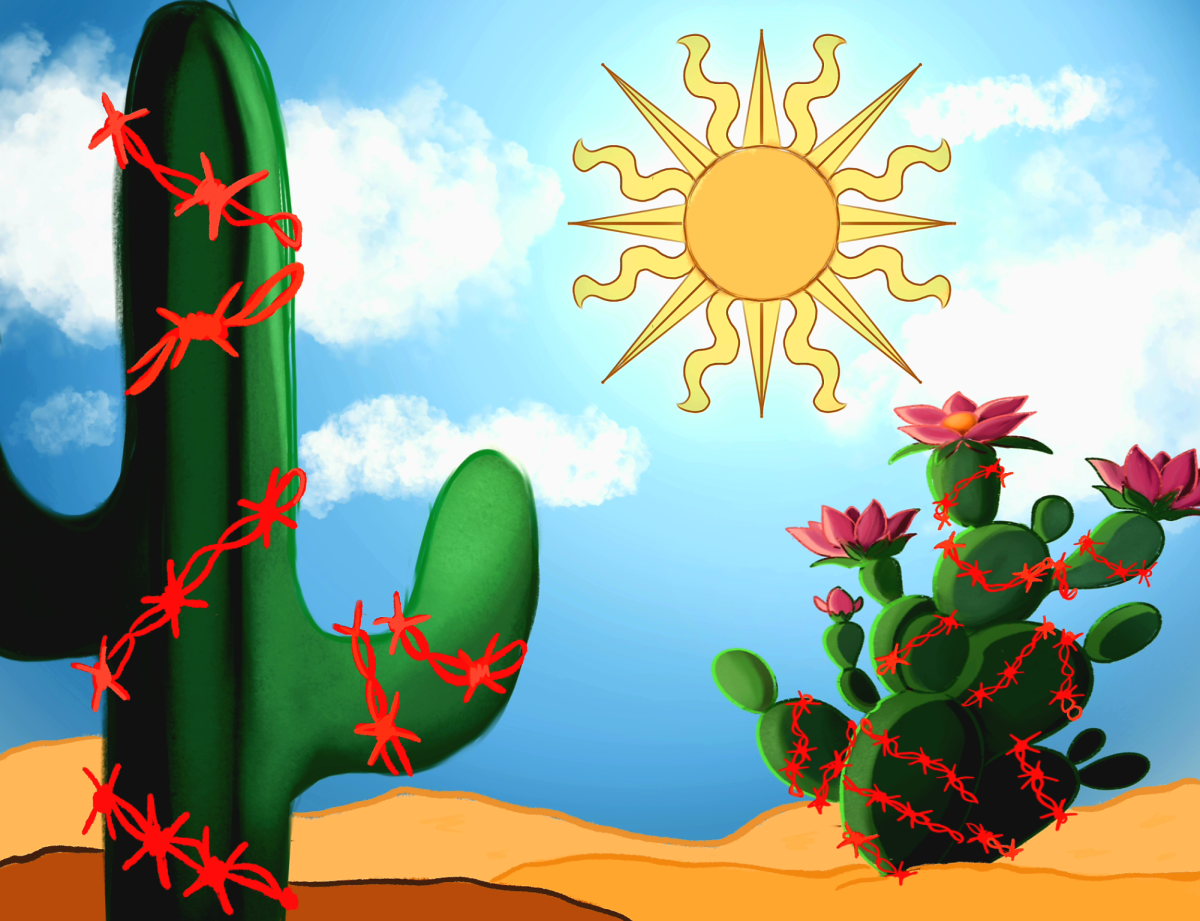Imagine this — you’re at a party having a conversation with a stranger. Within a few minutes, the stranger starts to bring up their diet and how they haven’t eaten an animal product in the last 11 years. You start to wonder — what for? Does the absence of meat pose any problems for this stranger you met 12 minutes ago?
The vegan diet has made a sizable dent in the health and food industry in the last decade. According to a recent poll by Charles Stahler of the The Vegetarian Resource Group, about 20% of U.S. adults always or sometimes eat vegan meals when eating out, and about 2% of U.S. adults consider themselves vegan.
“The vegan diet excludes all animal-based products and uses plant proteins instead. So no meats, fish or poultry, eggs and dairy products,” said Amy Drescher, Ph.D., a professor in the University of Arizona Department of Nutritional Sciences in an email. “To be healthy on this diet it is important to have plenty of fruits, veggies, nuts and vegetarian protein sources — beans, nuts, soy products, almond and nuts, milks and [vitamin] B-12 sources.”
The hype around the diet mostly centers around the idea that greens must be a staple of one’s diet in order to stave off certain diseases and live a healthy life. Other reasons for choosing to adopt a vegan diet include the ethics behind eating animals and unfavorable prior experiences with eating meat.
“I decided to be vegan after awhile of being vegetarian,” said Samantha Cantor, a senior at the UA, through a text message.
“Initially, I chose to be vegan because I wanted to lose weight. The idea of [eating] meat always made me sick and queasy, but after being vegetarian for a couple of weeks, cheese and milk started making me feel the same way. I don’t want to harm animals, and I truly think it’s disgusting to drink cow milk. It’s unnatural and cruel.”
Like anything in life, going to the extremes certainly comes with its downsides. Similarly, completely avoiding all types of animal products means missing out on some crucial nutrients, including iron and vitamins D and B-12. Certain foods that satisfy the vegan diet, like spinach and almonds, contain high amounts of calcium but are often poorly absorbed in the human body.
“There is more and more evidence about how healthy plants are for you to eat,” Drescher said. “They supply nutrients that help our hearts, reduce cancer and diabetes risk and help us with weight management.”
Phytates are the major storage form of phosphorus and inositol in plants; however, they have anti-nutritional activities once in the human gastrointestinal system. They form insoluble complexes due to strong interactions (chelations) with certain ions, such as calcium, iron and zinc. Consequently, they are not absorbed as well in the human body, most likely in the small intestine.
“The hardest part about being vegan is eating at other [families’] homes,” Cantor said. “Also, eating what other people cook is challenging because you don’t want to offend them, but you know they’re probably using butter or eggs.”
Regardless of the downsides, in 2018, U.S. consumers spent nearly $1.9 billion on plant-based milks as well as $3.3 billion on plant-based foods. The vegan diet is becoming increasingly more popular in the United States, even with some potential downsides to such an important life decision.
Follow Amit Syal on Twitter









